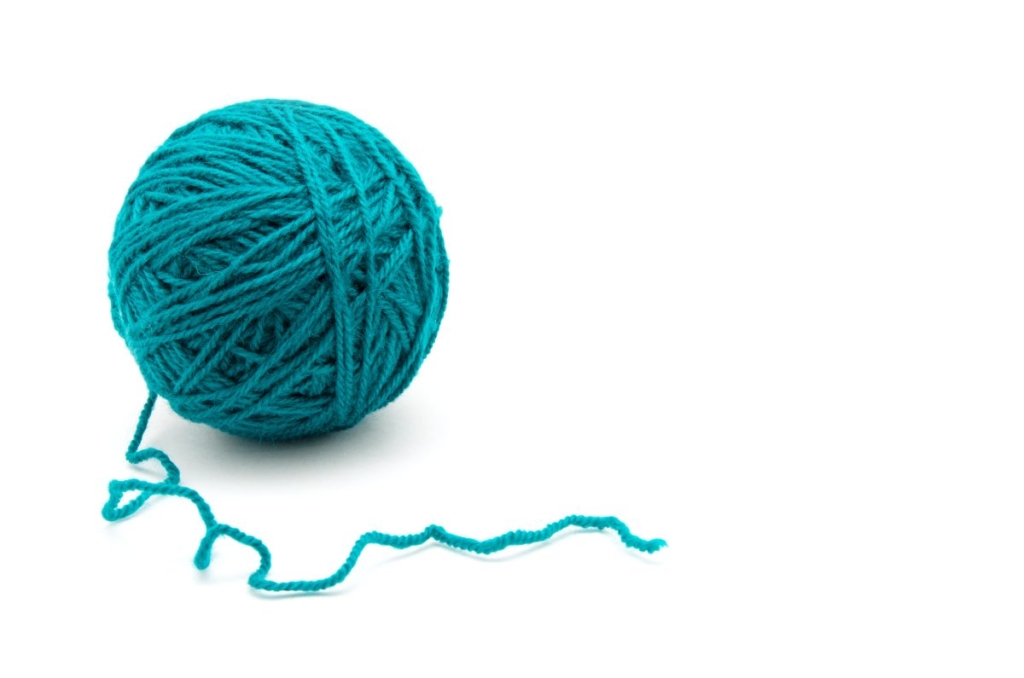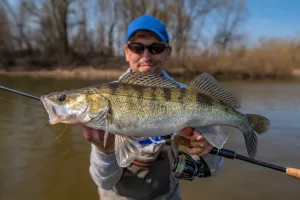
Yarn texturing is often done to make synthetic yarns like nylon yarns, polyester yarns, and acrylic yarns appear and behave more like natural fibres. Textured yarns of particular benefit when weaving with yarns to produce fabrics where the texture of the yarn can have a greater impact. There are numerous methods for yarn texturing which result in yarns and resultant fabrics with different textures.
Benefits of Textured Yarns
Yarns can be textured to make them more voluminous, allowing the yarns to trap air and provide greater thermal insulating properties to fabrics produced with the yarn. Synthetic yarns can also be textured to make them hairier and softer like conventionally spun natural fibres. Texturing can even be used to change how stretchy a yarn is.
Yarn Texturing Methods
False Twisting
The yarn is highly twisted while heated and then cooled. This imparts a tight twist, which is then removed once the yarn is cooled, which leaves the filaments bunched up, creating a more voluminous yarn that traps air and so holds stronger thermal insulation properties than untwisted yarn. These bunched up and coiled filaments have the added benefit then of being stretchy.
Air Jet Texturing
Yarns are textured with a stream of cold air that entangles some of the filaments in the flat yarn. This method does not require any twisting, like the twisting and false twisting processes. Air jet yarn texturing also gives a synthetic yarn a similar texture to a conventionally spun yarn, particularly with respect to the yarn’s hairiness, and does not provide any stretch to the yarn.
Yarn Twisting
The final yarn is done by the direction of the twist, the level of the twist, whether than yarn is plied, and whether it is cabled. This process can be used to produce a bulkier yarn from a finer one and to produce sewing yarns. We have written a detailed blog post on yarn twisting.
Box Stuffing
The yarn is pressed into an optionally heated box, which produces a crimped yarn with sharp angles, rather than a yarn with coiled filaments, like the with the false-twist process. Nonetheless, box-stuffed yarn is soft and voluminous with little stretch unlike the extent to which the false-twisted yarns do. Heating the boxes and yarns help to set the crimp in the yarn.

